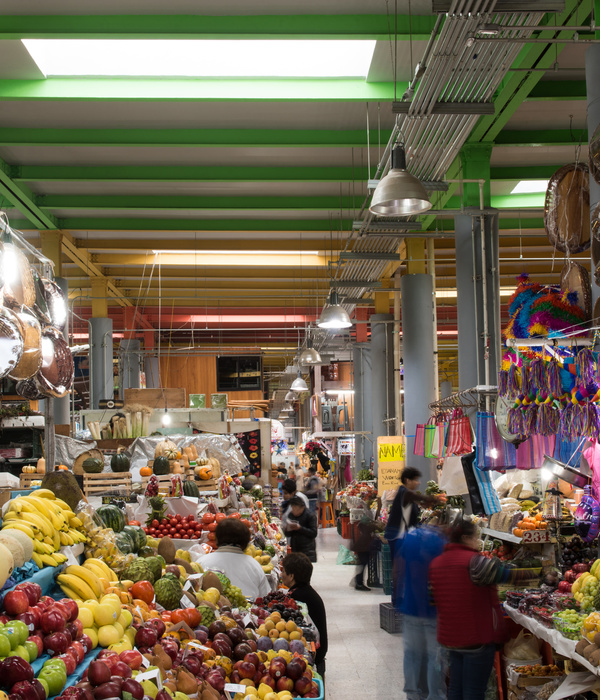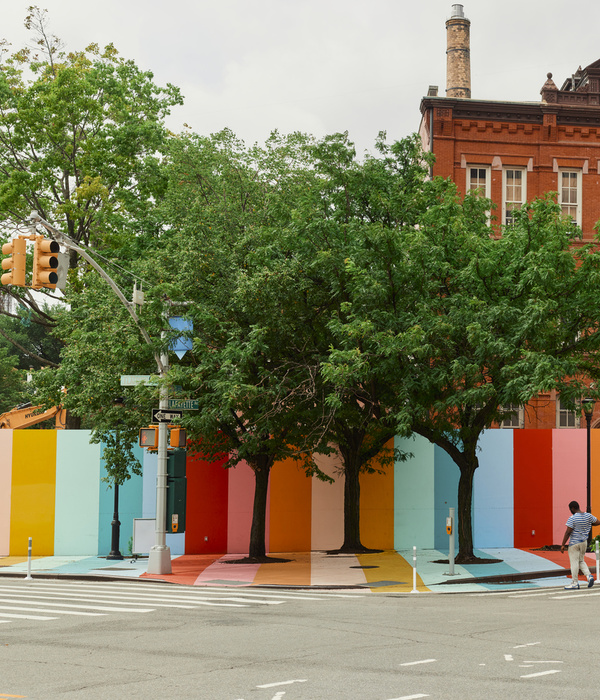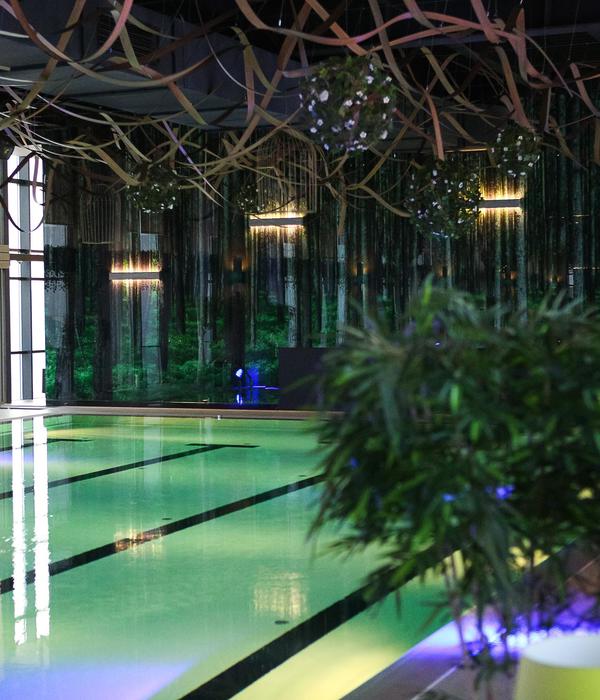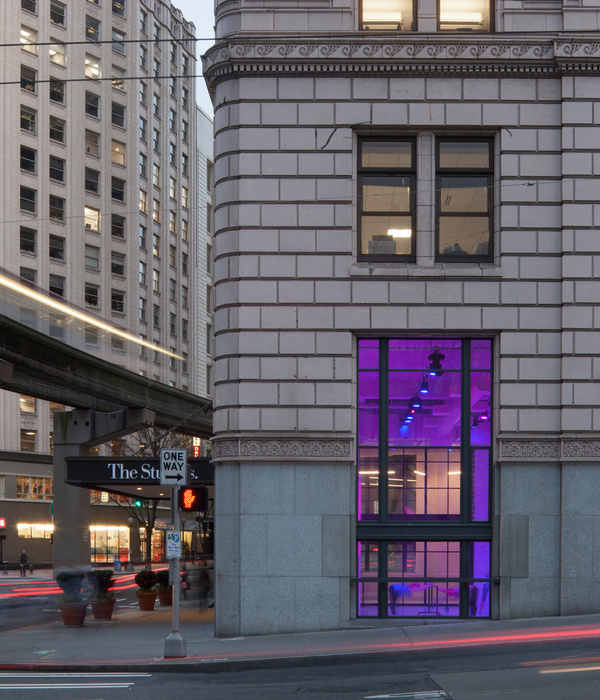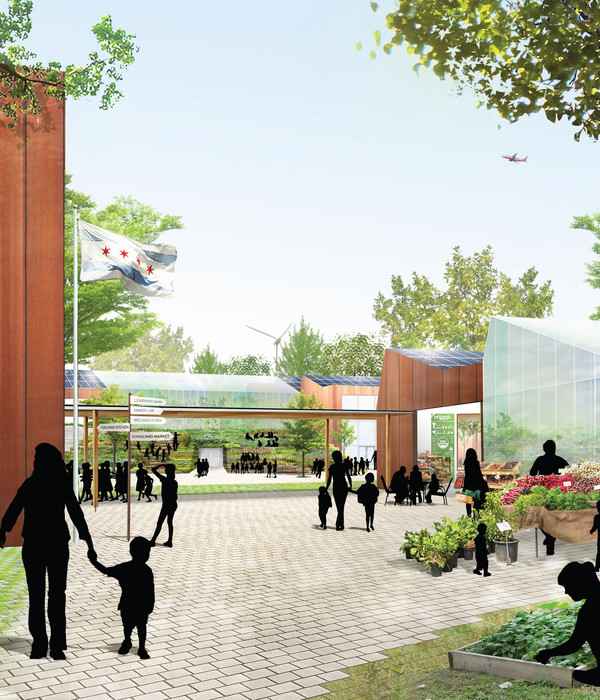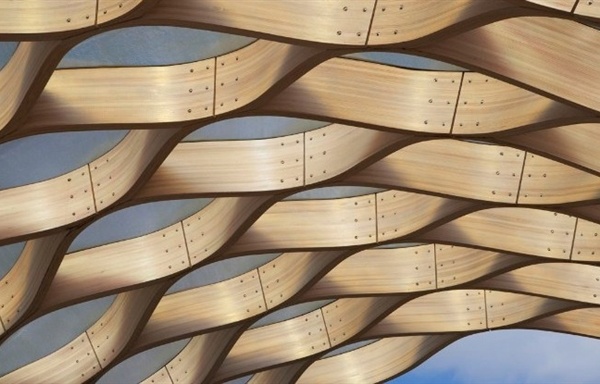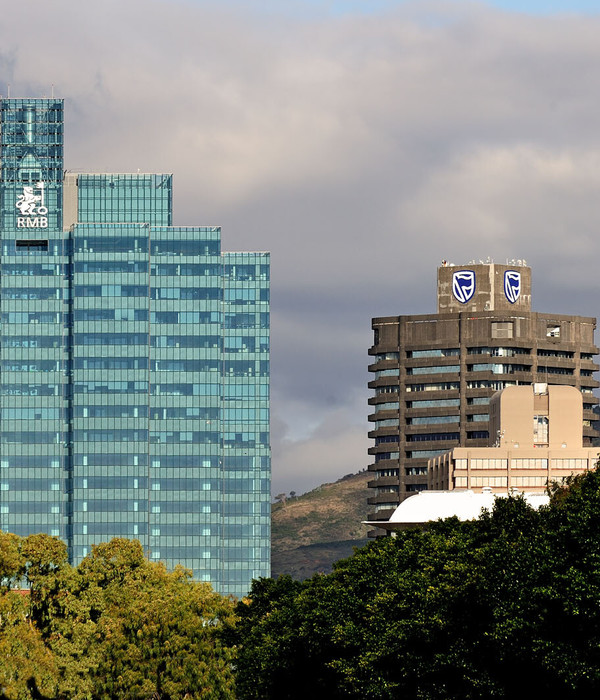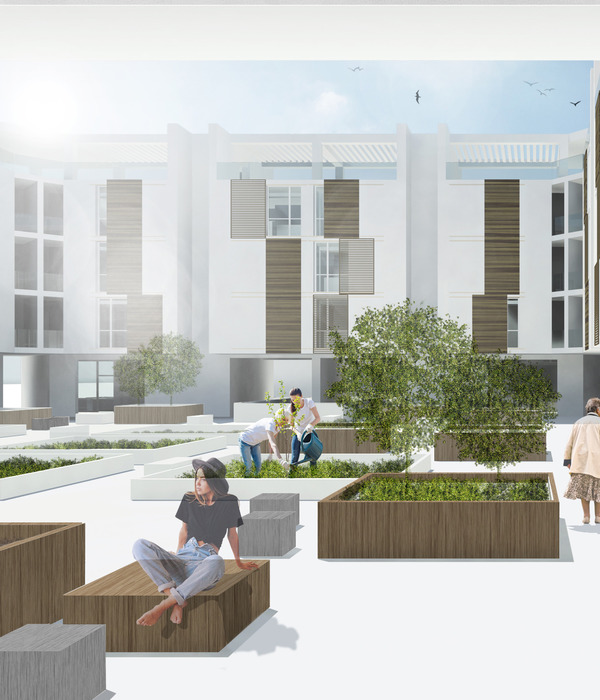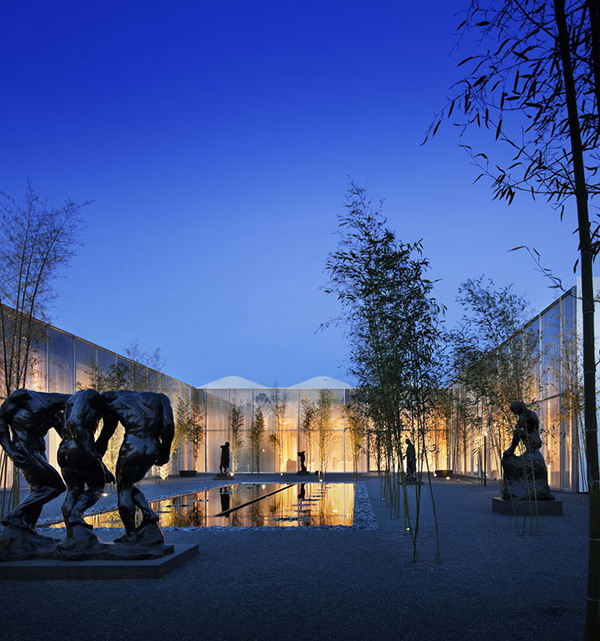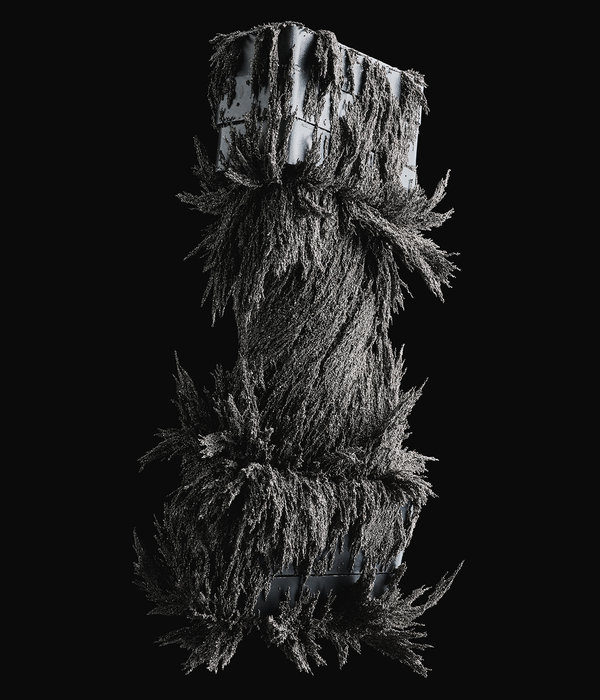Cornwall 公园总体规划 | 打造城市生态绿洲
“在评审过程中,我们得以快速地读取并全面了解项目,这一点非常有利。图表和内容组织非常清晰,使得非专业观众也能轻松获取信息。”
——2015年评审委员会
“Our ability to read and comprehend this project quickly during adjudication was a mark in its favor. Very clear and accessible for non-professional audiences thanks to the graphics and organization.”
– 2015 Awards Jury
项目陈述 PROJECT STATEMENT
景观设计师业已完成一项百年总体规划,为新西兰最有价值的城市公共空间之一——Cornwall公园的开发指明方向。这一项目提供了一个非凡的、需要对超长时间跨度进行思考的机会,它的设计需要在三个要素间取得平衡:毛利人的文化景观,早期定居者和创始人的愿景以及新西兰的农业景观和当地的生态资源。总体规划将这三个层面同公园项目及服务性基础设施并行考虑。最终方案拓展了公园的容量以支撑健康的城市生态,并将在未来100年为各个年龄段的来访者提供接受教育和放松身心的场所。
The Landscape Architect has completed work on a 100-year master plan to guide the development of Cornwall Park, one of New Zealand’s most valued public urban spaces. The project offered a remarkable opportunity to think on a vast time scale as it designed towards achieving balance between three important elements: the Cultural Landscape of the Maori, early settlers and the founder’s vision, the Agricultural Landscape of New Zealand and the ecological assets of the site. The master plan balanced these layers along with the park’s programs and the supporting infrastructure. The resulting plan expands the park’s capacity to sustain healthy urban ecologies and will educate and delight visitors of all ages for the next 100 years.
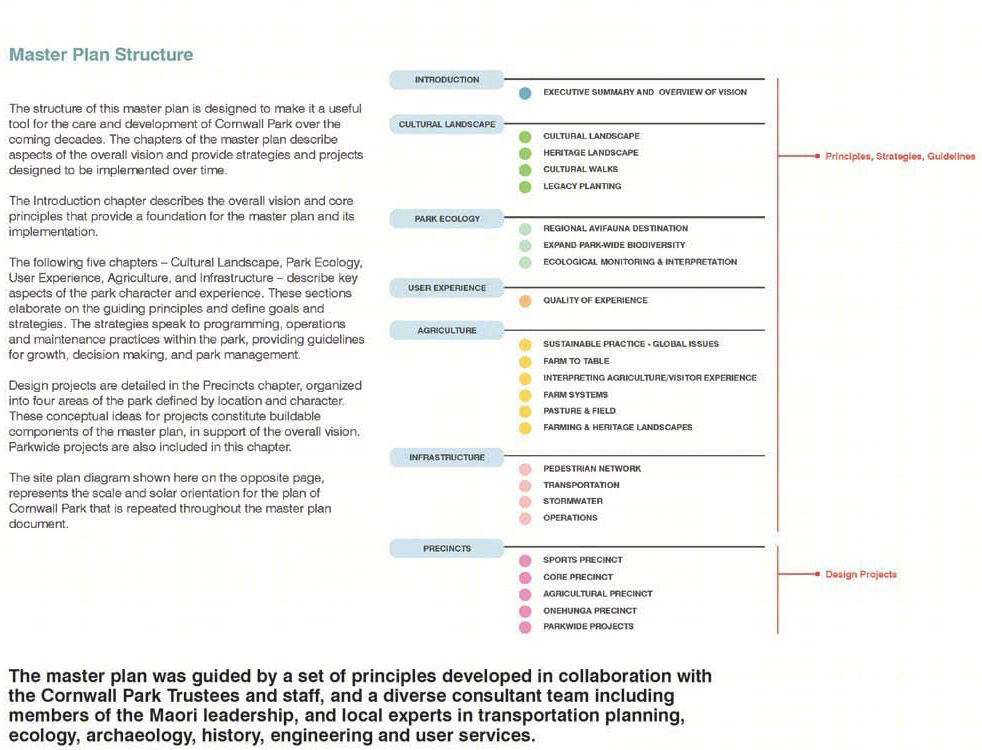
△ 设计师同Cornwall公园董事会和员工,以及包括毛利人领袖与当地交通规划、生态学、考古学、历史、工程学、用户服务等方面的专家组成的顾问团队合作,制定出一套指导总体规划的基本原则。
Photo Credit: Nelson Byrd Woltz Landscape Architects
项目说明
在接下来超过一整个世纪的时间内,业主雇用景观设计师为新西兰奥克兰市Cornwall公园的开发提供愿景规划,续写创始人John Logan Campell爵士极具远见的超长期公园规划的传统,John爵士一直致力于将公园打造成为市民提供娱乐休闲的世界一流的公共空间。
425英亩的Cornwall公园是奥克兰的一颗明珠,也是备受市民喜爱的景观场所。奥克兰是新西兰最大且最多样化的城市,近一半的人口来自海外,有180个种族之多。自1903年John爵士将其作为礼物送给新西兰居民之后,Cornwall公园在100余年的时间内,从一片农田变为一处为景观所环绕的居住街区。如今它已成为城市居民心中的一处庇护所,也是城市中心最独特的生态资源园区。John爵士的愿景是将其打造成为快速增加的城市人口服务的公共景观,新的总体规划拥有同一愿景,并注入了新的活力。Cornwall公园位于Maungakiekie山脚下,后者是城市中绵延最长的毛利人的丘陵要塞。毛利人是这块景观区域内的第一批定居者,塑造了此处的人文景观和生态特性。来访者在公园内可以体验到多种不同的地理面貌:毛利人耕种的土地、John 爵士农耕试验的遗迹、生机勃勃的牧场、开阔的草坪、广袤的植物园、让人惊叹的城市鸟瞰图景以及环绕着城市的海港。针对访问者的调查显示,在Cornwall公园人们喜闻乐见的是将自然与农耕、家庭庆祝活动与清静的省思空间连接起来的一系列举措和可能性,及限定性的交通设置:有限的提供相应服务的设备限制了车辆在公园核心区域的聚集。
总体规划展示了如何基于独特的特征来打造一座公园,同时将21世纪公园中服务于多样的、日益增长的人群的便利设施、空间及体验引入进来。方案提出新时代公园的特征是:典型的步行体验,面积扩张,以及通过将停车场从核心移到周边来实现的公园用地的联系。由此设计师得以重新设计路网,为行人营造更好的可达性、娱乐性、空间紧凑性,来服务各种聚会、运动及其他可能发生的活动。方案将现有的公园空间整合进来,并加以改造以适应升级后的框架,同时在提升服务设施、绿化、空间编排上给出了意见。设计师同Cornwall公园董事会和员工,以及包括毛利人领袖与当地交通规划、生态学、考古学、历史、工程学、用户服务等方面的专家组成的顾问团队合作,制定出一套指导总体规划的基本原则。
以下指导原则构成了总体规划的基础:
-在公园文化遗产和历史方面,支持保护和积极的演绎变通。
-提升公园的生态管理和从在灾害中迅速恢复的能力。
-在各个方面加强公园的设计与美感及追求美的意愿。
-确保农业作为文化传统的重要部分整合进公园管理之中。
-为公园在相当长期的时间内继续服务于奥克兰市民,并从郊区公园变身为城市公园做好准备工作。
景观设计师利用公园层次丰富的特征构筑起基本框架,以此将各项原则表达清楚,同时制定出实现这些原则的重要节点和实施策略。策略包括5个要素:文化景观、生态、农业、用户体验以及基础设施。
公园的再规划为公众了解并爱上当地的文化历史提供了不可多得的机会。这一切将始于人们对土地深切的尊重,尊重它承载的历史以及嵌在土壤里的文化遗迹。为了鼓励了解与热爱,方案提供了数条文化走廊,遗址的管理方案以及景观中历史形制的保护策略。方案同样使人们了解到公园将作为一处文化展示的场所长期存在,同时也将持续更新。
公园自身的生态特征与更大范围内的当地生态网络共同进入到研究范畴尚属首次。这使得总体规划占据了一定主动,包括将濒危物种铜色石龙子的栖息地纳入公园范围内;确保对自然资源进行监管和评估;公园作为当地重要的野生动物庇护所发挥作用等方面。
总体规划从各个角度看都将使得公园无与伦比的美延续数代,它展示出这些地方为何吸引人,且在未来如何运作。用户将享用这片美丽的土地及土地上长出的食物,在此锻炼身体、进行各项运动,以及学习它非同凡响的历史。
农业在Cornwall公园的传统中是非常重要的一部分。总体规划涵盖了公园欣欣向荣的农业项目,提供了一些办法吸引来访者的注意,并帮助其供应更多品种的食品,同时彰显这片土地丰厚的园艺传统。提案中的农业中心帮助组织活动,让公众能够面对面接触农作劳动,体验风土人情,全面了解农耕的方式。
公园的一项重要改变是它的道路系统。大型的停车场将被逐渐转移到周边,在中心部位为步行的人和其他使用者提供更多空间。全新的班车服务将提供持续进入的路径和空间连续性。车行道将变成更加漂亮的、宽敞的、安全的人行道,增加使用者的惬意程度。Green Lane路上方建造新的路桥以充满动感的方式将公园连接在一起,唤起始于Campbell时代的充满历史意味的庄严感。护园所和员工办公室被重新放置到沿着农业中心一侧布置的运营区内,其中心位置提升了共享资源的可利用率。
这一方案将Cornwall 公园设想成为一个守护者着奥克兰精髓的地方,一个市民最喜爱的休闲度假好去处。在变化莫测的未来,该方案依然能够秉承创始者的基本原则:为公众提供娱乐、锻炼、学习、文化展示、连通土地和自然且强化社区凝聚力的公共场所。作为一处推广日常好物的机构,Cornwall公园将始终立于前线来展示如何保护它神圣的土地,彰显它的遗产,表现新西兰的农业根基。方案提供了一种新的愿景,将过去一个世纪占据中心的停车场转变成步行的、易达的、引人入胜的空间。总体规划为公共空间如何保护好生态系统这一当代命题提供了有力注脚。受到创始人John Logan Campbell爵士的启发,总体设计致力于为实现他的初衷并接下来一个世纪中保持这一愿景出谋划策。
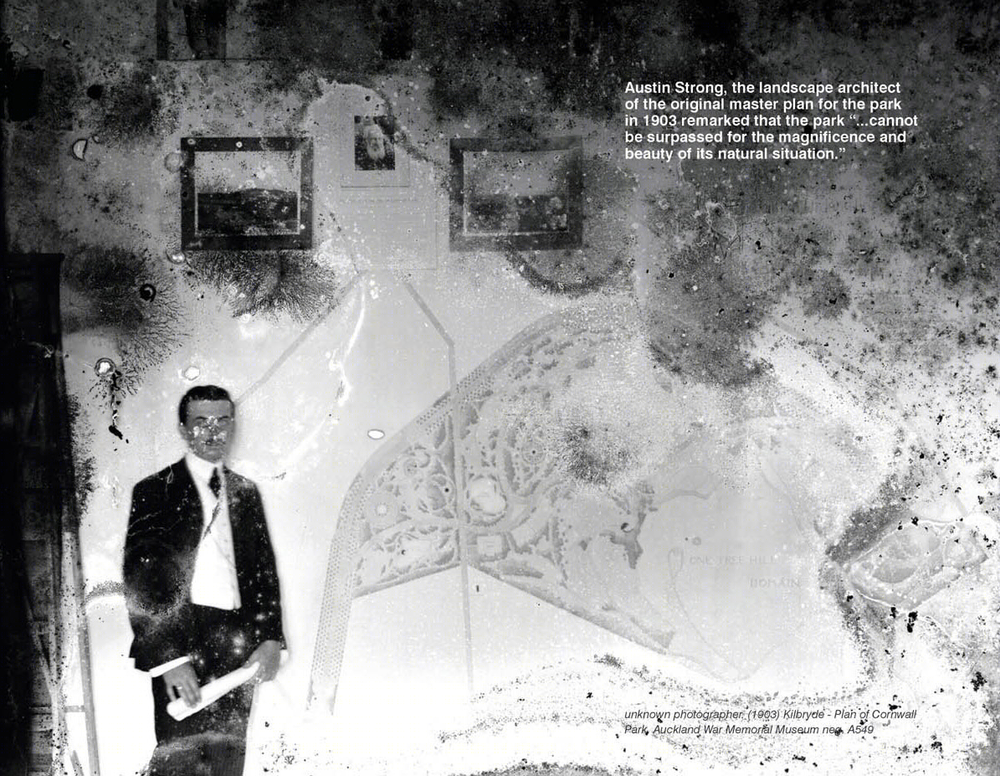
△ 1903年对公园进行景观设计的设计师Austin Strong曾评论说这座公园“…自然情景下的壮美是无法超越的。”
Photo Credit: Auckland War Memorial Museum neg. A549
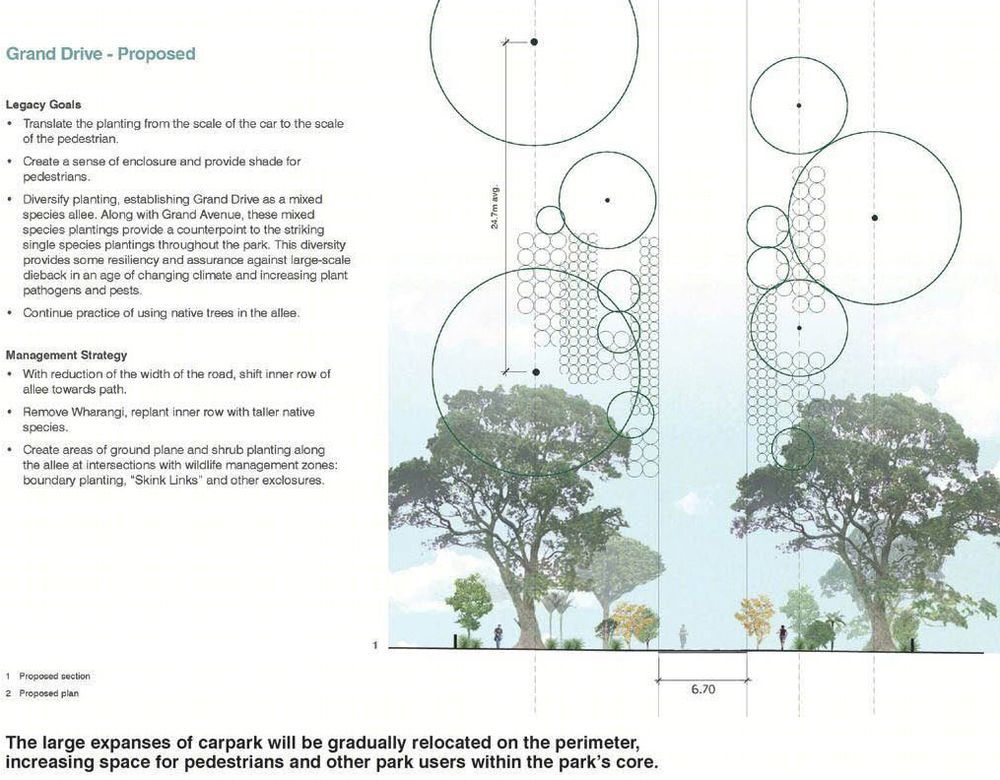
△ 大型的停车场将被逐渐转移到周边,在中心部位为步行的人和其他使用者提供更多空间。
Photo Credit: Nelson Byrd Woltz Landscape Architects
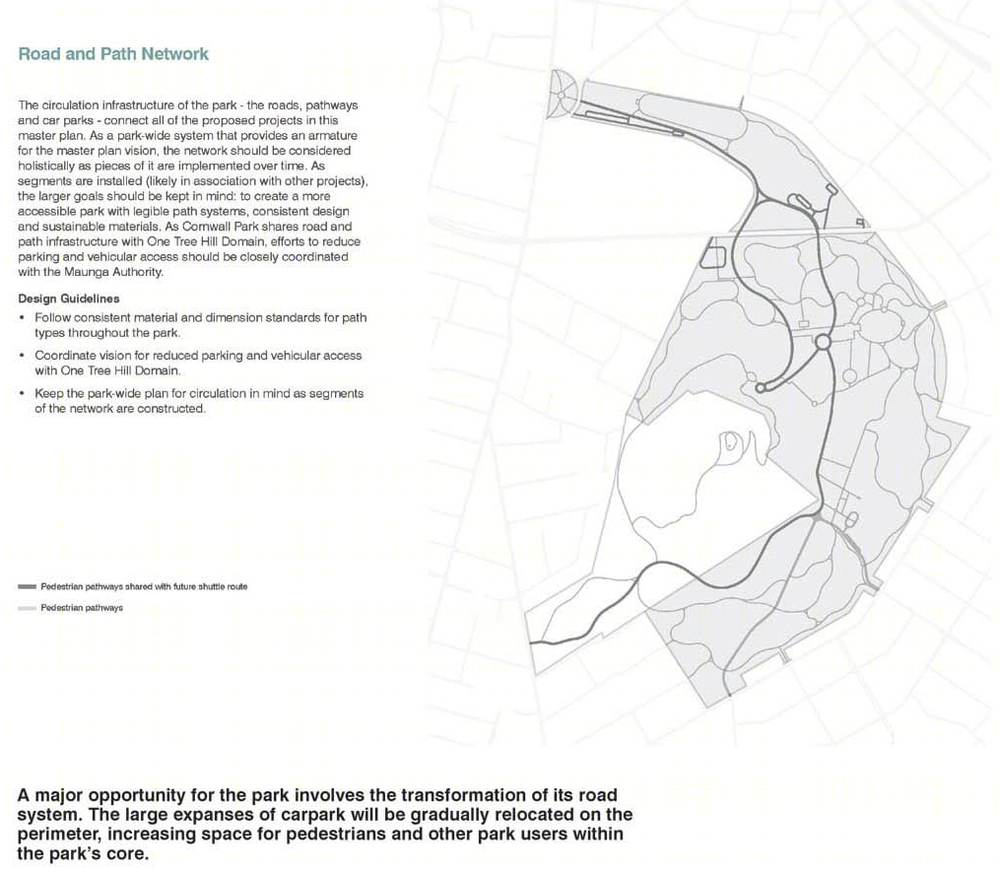
△ 公园的一项重要改变是它的道路系统。大型的停车场将被逐渐转移到周边,在中心部位为步行的人和其他使用者提供更多空间。
Photo Credit: Nelson Byrd Woltz Landscape Architects
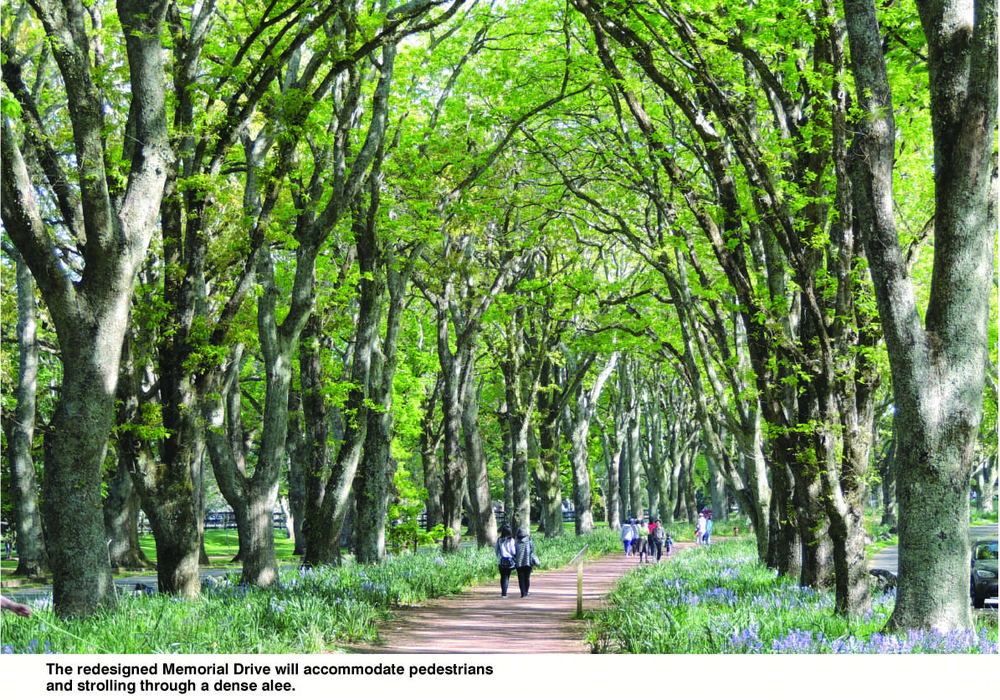
△ Cornwall公园位于Maungakiekie山脚下,后者是城市中绵延最长的毛利人的丘陵要塞,无论是看向公园还是从公园望出去,都是如画美景。
Photo Credit: Nelson Byrd Woltz Landscape Architects
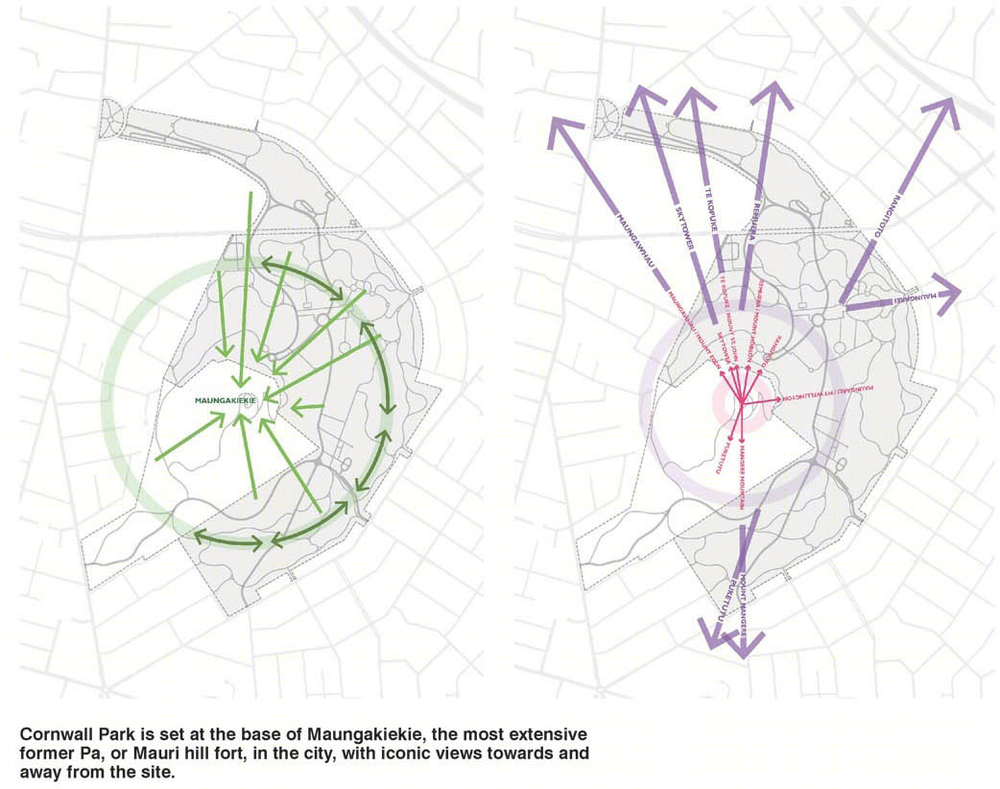
△ 重新设计过的纪念大道在两侧密密排布的行道树的映衬下非常适合人行和散步。
Photo Credit: Nelson Byrd Woltz Landscape Architects

△ 公园自身的生态特征与更大范围内的当地生态网络共同进入到研究范畴尚属首次。
Photo Credit: North West Wildlink Corridor
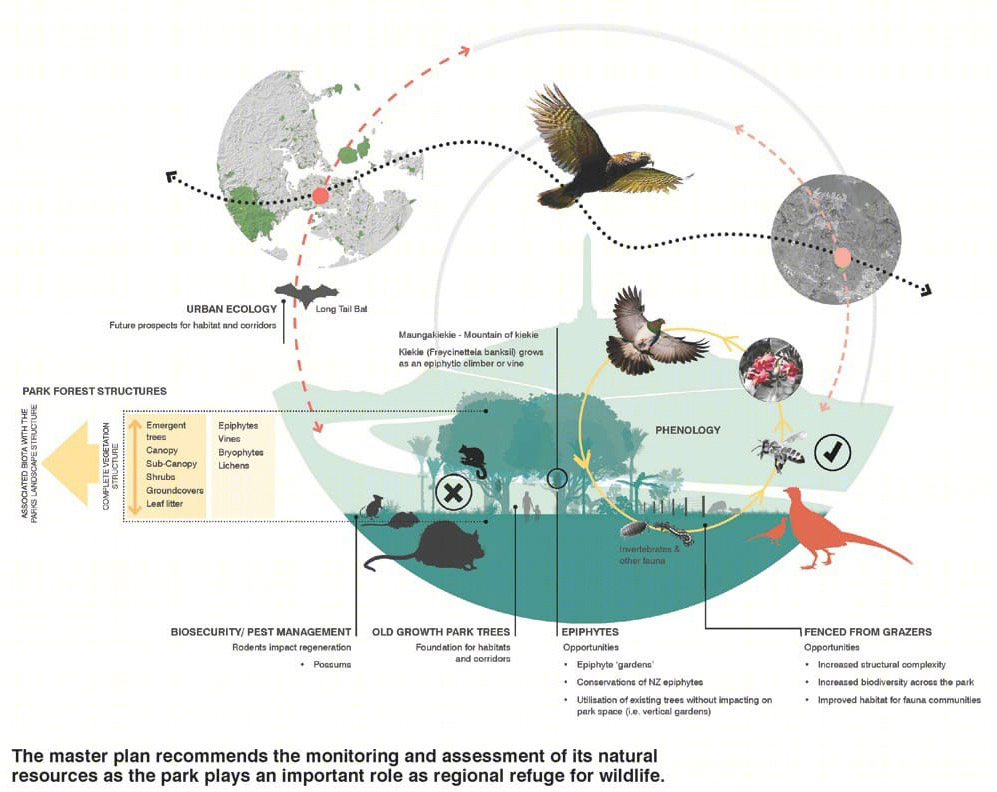
△ 总体规划建议对自然资源进行监管和评估,同时公园作为当地重要的野生动物庇护所发挥作用。
Photo Credit: Boffa Miskell
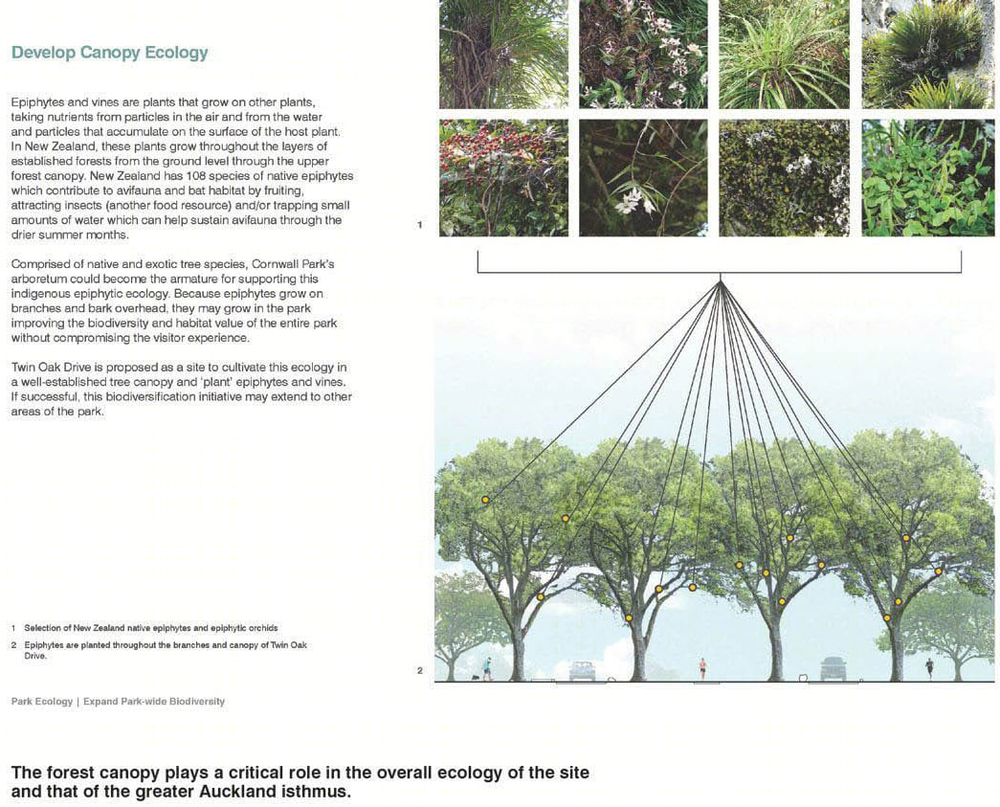
△ 森林的树冠在该区域的生态系统,乃至更大范围内的奥克兰峡地中都扮演至关重要的角色。
Photo Credit: Nelson Byrd Woltz Landscape Architects
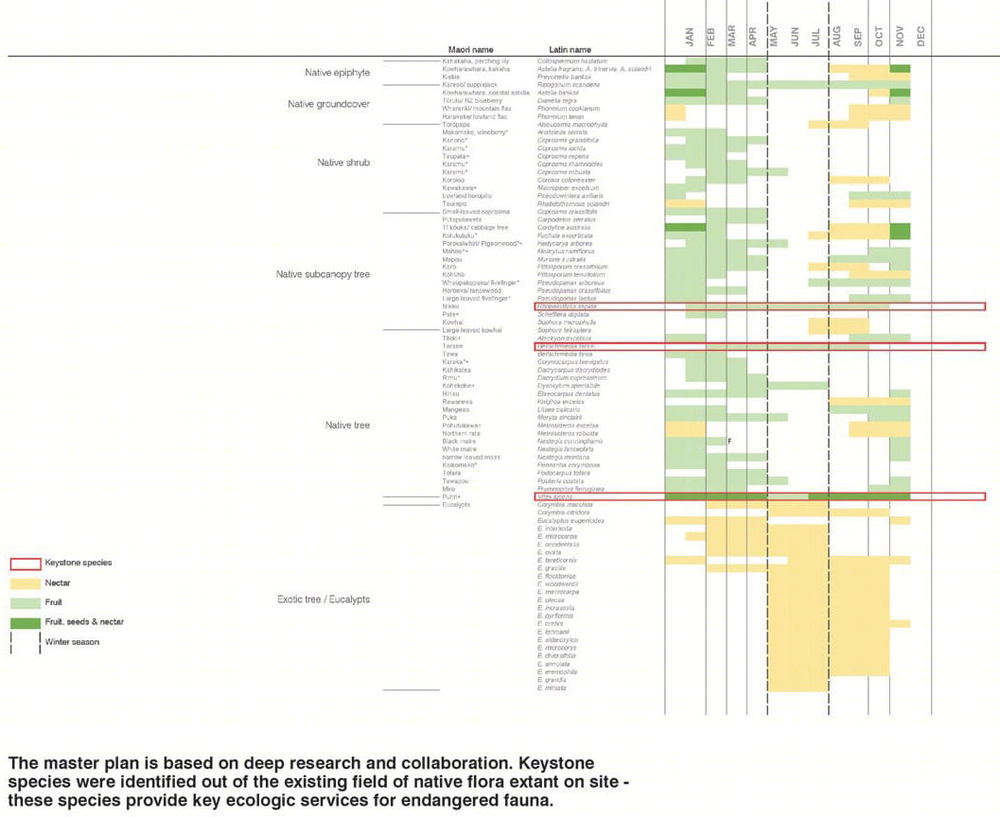
△ 总体规划的基础是深入的研究和合作。起到基石性作用的物种从现有基地上存在的本土物种中标记出来,它们为濒危动物提供必需的生态条件。
Photo Credit: Nelson Byrd Woltz Landscape Architects
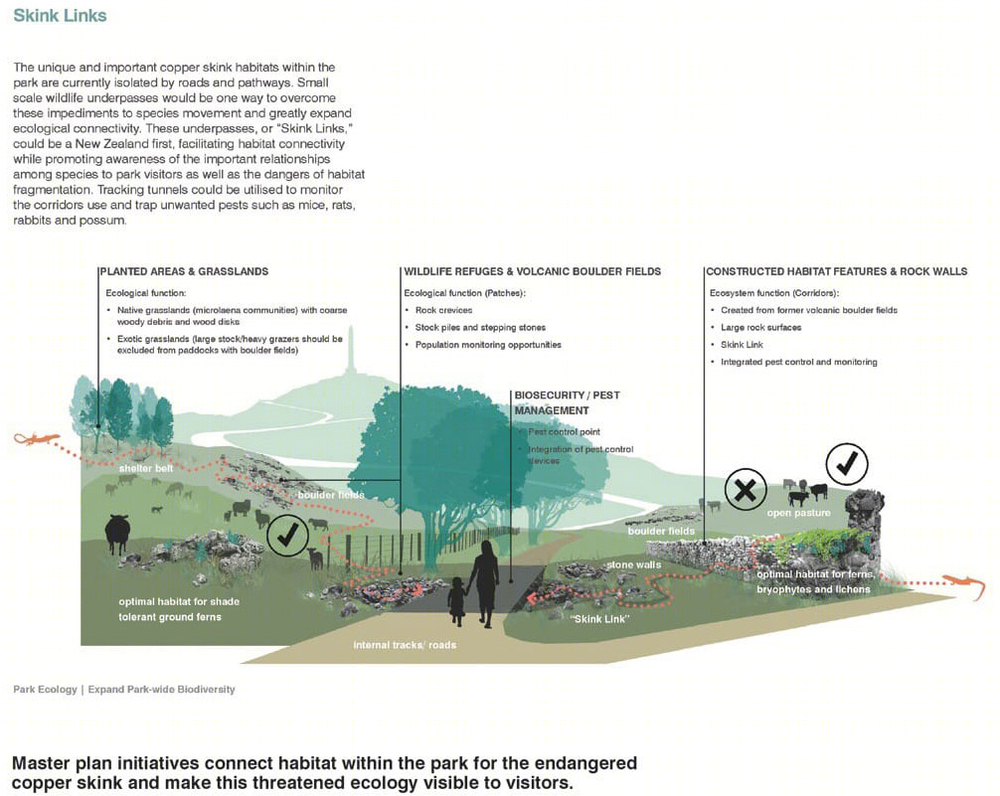
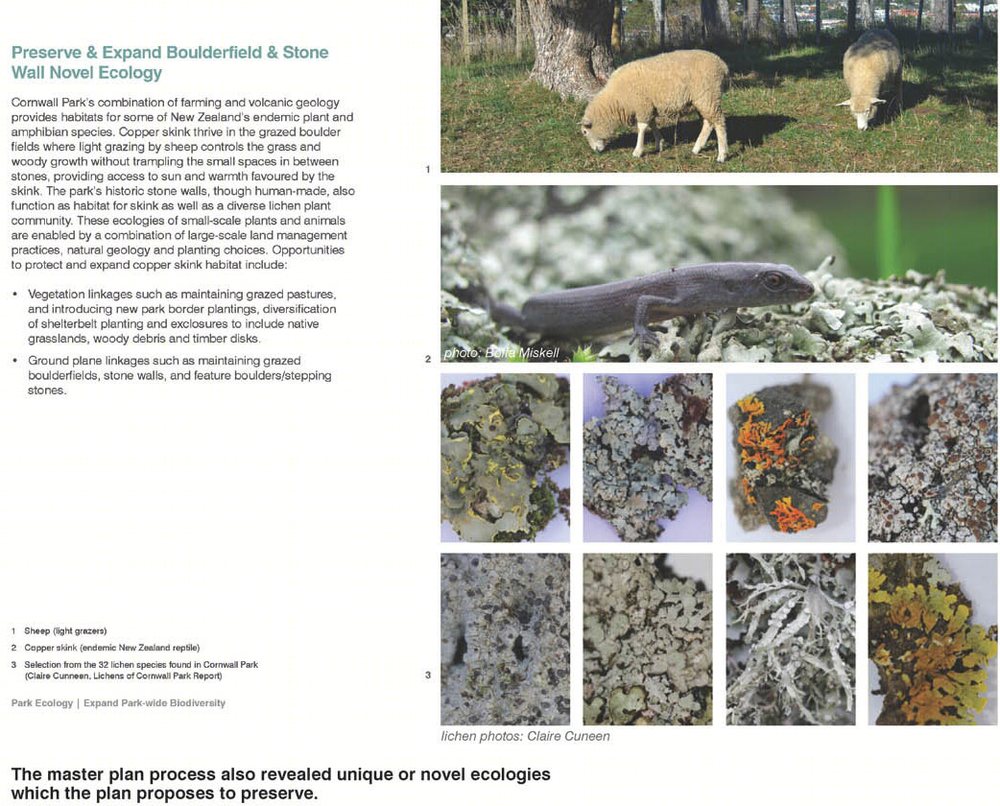

△ 方案认同公园的农业传统,并为欣欣向荣的农业项目提供了一些办法吸引来访者的注意,并帮助其供应更多品种的食品,同时彰显这片土地丰厚的园艺传统。
Photo Credit: Nelson Byrd Woltz Landscape Architects
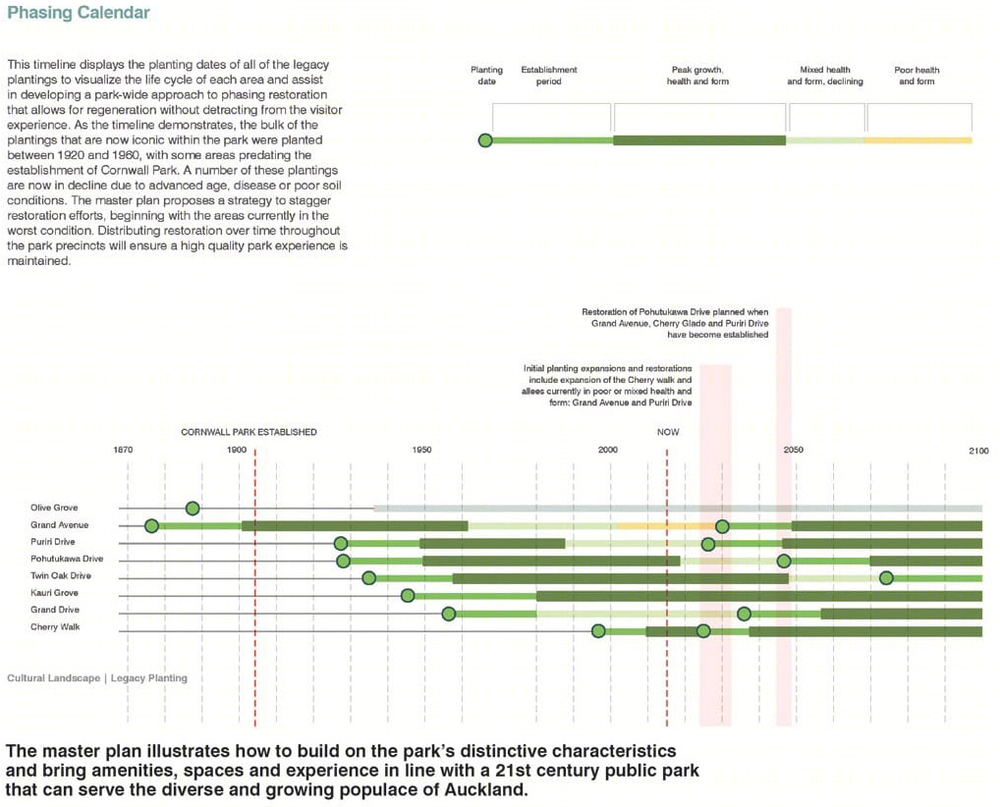
△ 总体规划展示了如何基于独特的特征来打造一座公园,同时将21世纪公园中服务于多样的、日益增长的人群的便利设施、空间及体验引入进来。
Photo Credit: Nelson Byrd Woltz Landscape Architects
PROJECT NARRATIVE
The landscape architect was hired to envision the development of Cornwall Park in Auckland, New Zealand over the next century, continuing the legacy of long-term planning and visionary thinking established by the park’s founder, Sir John Logan Campbell, who sought to ensure a park that provides a world-class public space for recreation and enjoyment for its citizens
The 425-acre Cornwall Park is a jewel and beloved landscape in Auckland – New Zealand’s largest and most diverse city. Nearly half of Auckland’s population comes from overseas, with over 180 ethnicities represented. Gifted to the people of New Zealand by Sir John in 1903, the park has been surrounded by a landscape transformed over the last century from farmland to residential neighborhoods. The park has become a refuge for city residents as well as a unique ecological resource in the heart of the city. Sir John envisioned Cornwall Park as a public landscape to serve a rapidly growing populace, a vision that the master plan embraces and reinvigorates. Cornwall Park is set at the base of Maungakiekie, the most extensive former Pa, or Mauri hill fort, in the city. The Maori were the first human inhabitants of the landscape beginning a pattern of humans shaping the landscape and ecology. Within the park, visitors can experience geologic formations, Maori earth works, remnants of Sir John’s agricultural endeavors, active pasture land, open lawns, an extensive arboretum and incredible views over Auckland and the surrounding harbors. Visitor surveys have shown an appreciation for the activities and opportunities at Cornwall Park for the connection provided with nature and farming, family celebrations, and quiet contemplation, as well as a frustration with limited accessibility, inadequate facilities and vehicular traffic congesting the park’s core spaces.
The master plan illustrates how to build on the park’s distinctive characteristics and bring amenities, spaces and experience in line with a 21st century public park that serves a diverse and growing populace. It proposes that the next era of the park be characterized by an exemplary pedestrian experience, expanding the area and connectivity of park land by relocating automobile parking away from the core to the perimeter. This provides the opportunity to redesign the path network for greater pedestrian accessibility, connectivity and enjoyment while creating new spaces for gathering, sports and events. Existing park spaces are integrated and adapted within this updated framework, with suggestions for improvements to facilities, planting and programming. The master plan has been guided by a set of principles developed in collaboration with the Cornwall Park Trustees and staff, and a diverse consultant team including members of the Maori leadership, and local experts in transportation planning, ecology, archaeology, history, engineering and user services.
The following guiding principles provided the foundation for the master plan vision:
• Support preservation and active interpretation of the park’s cultural heritage and history
• Improve the park’s ecological stewardship and resiliency
• Reinforce and strengthen the park’s design and aesthetic and aspire to beauty in all things
• Commit to agriculture as an important cultural legacy integral to park management
• Prepare the park to continue to serve the citizens of Auckland in a dynamic future and the transformation from a SUBURBAN park to an URBAN park
The landscape architect used the richly layered character of the park to provide the framework for articulating these principles, along with milestones and strategies for achieving them. Five distinct elements or layers were employed in this strategy: the Cultural Landscape, Ecology, Agriculture, User Experience, and Infrastructure.
The park has an excellent opportunity to help the public appreciate and celebrate the cultural history of the region. This begins with a deep respect for the land, for the stories that it holds and the remnants of culture embedded within. To encourage this appreciation, the plan proposes cultural walks, management of heritage structures within the park, and strategies for preserving historic forms in the landscape. The plan also acknowledges that the park will continue to evolve as a place for cultural expression and allows for continued adaptation.
For the first time, the park’s existing ecology has been studied along with its role in larger regional ecological networks. This has led to master plan initiatives that connect habitat within the park for the endangered copper skink; to commit to monitoring and assessment of its natural resources and to perform as an important regional refuge for wildlife.
The master plan looks at ways that the incredible beauty of the park can live on for generations. It identifies why these places are appealing, and how they can evolve to in the years to come. The plan looks at ways that users will enjoy the beautiful grounds, locally sourced food, exercise and sports opportunities, and ways to learn about the incredible history of the land.
The remarkable qualities of the landscape of Cornwall Park have been treasured since the foundation of the park. Austin Strong, the landscape architect of the original master plan for the park in 1903 remarked that the park “…cannot be surpassed for the magnificence and beauty of its natural situation.” This plan recognizes the beauty in all aspects of the parks character, providing a vision for integrating the park ecology, agricultural practice and cultural heritage into a singular park experience, preserving and strengthening these distinctive qualities so the park may continue to be a treasured place of recreation, enjoyment and learning for the next generations.
Agriculture is a significant layer in the legacy of Cornwall Park. The master plan recognizes the thriving agricultural program of the park and offers methods for bringing it to the attention of visitors, offering access to a greater diversity of products, and celebrating the land’s rich gardening history. A proposed agriculture center helps organize these initiatives, provides moments of interface between agricultural activities and the public as well as opportunities to experience the unique terroir and holistic approach to farming.
A major opportunity for the park involves a transformation of its road system. The large expanses of carpark will be gradually relocated on the perimeter, increasing space for pedestrians and other park users within the park’s core. A new shuttle service can provide continued access and connectivity. The roadways become graceful, generous and safe pedestrian walks, increasing the enjoyment of the park by all. A major new connection over Green Lane Road is provided by a land bridge that rejoins the park in a dramatic way and recalls a historic approach to the summit, beginning at Campbell Crescent. The maintenance yards and staff hub is relocated in a redesigned Operations hub along with the Farm Center. This central location improves access and possibilities for shared resources.
The plan imagines a Cornwall Park that remains the treasure of Auckland and a favorite destination for its citizens. Amidst a dynamic future, the plan exemplifies a commitment to the founder’s principle of providing public places for recreation, exercise, learning, cultural expression, connection to the land and to nature, and strengthening the bonds of community. As an institution promoting the common good, Cornwall Park will be at the vanguard for demonstrating ways to protect its sacred ground, for celebrating its heritage, and expressing New Zealand’s agricultural roots. The plan provides a vision away from the automobile-centric past century towards a pedestrian, accessible and engaging space. The master plan champions a contemporary discourse of how public spaces can restore regional ecological systems. Inspired by the spirit and example of Sir John Logan Campbell, the park’s founder, this master plan endeavors to chart a course to achieve and sustain this vision for the coming century.
MORE:
ASLA
,更多请至:


